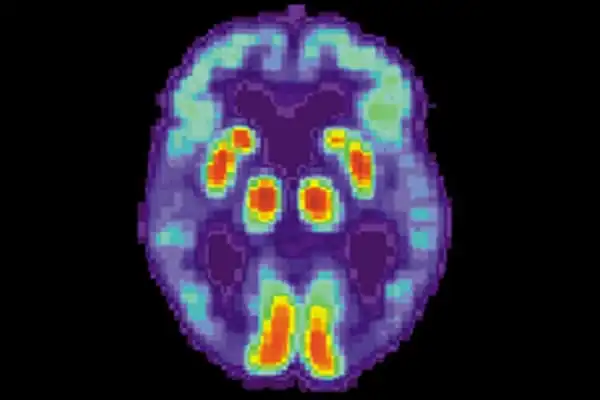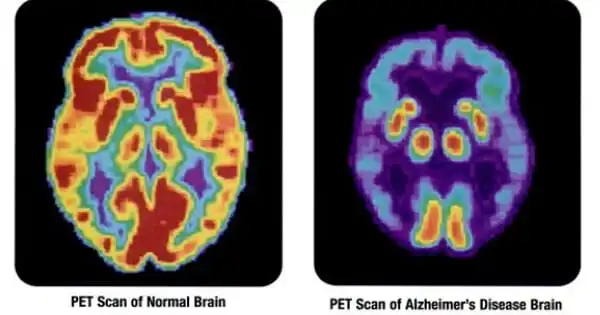Early detection of Alzheimer’s disease allows you to begin treatment sooner and remain healthy and independent for a longer period of time. One of the most effective tools for detecting the illness is a head CT scan. Learn how a head CT scan can assist you or a loved one suffering from memory loss decide if an advanced condition such as Alzheimer’s disease is causing the symptoms.
Scientists have confirmed that the breakdown of brain synapses underpins the cognitive difficulties observed by Alzheimer’s disease patients using advanced imaging technologies. For many years, scientists assumed that the loss of connections between brain cells caused Alzheimer’s-related symptoms such as memory loss, but actual evidence of the role of synaptic loss was limited to a small number of brain biopsies and post-mortem brain exams performed on patients with moderate to advanced disease. However, the development of positron emission tomography (PET) scanning technology has enabled researchers to see synaptic loss in living patients with even mild Alzheimer’s disease symptoms.
CT scans of the head provide a thorough glimpse inside the brain. During a CT scan, a technologist utilizes specialized equipment to capture numerous images of a specific area of the brain from various angles. A head CT scan for Alzheimer’s disease has two purposes. First, the scan assists your doctor in ruling out diseases that are similar to Alzheimer’s disease. Tumors, hemorrhages, and strokes are examples of them.
The novel glycoprotein 2A (SV2A) PET imaging scan enabled researchers to quantify metabolic activity at brain synapses in 45 persons with mild to moderate Alzheimer’s disease.
Professor Christopher van Dyck
According to a study published in the journal Alzheimer’s & Dementia: The Journal of the Alzheimer’s Association, advanced imaging technology developed by Yale researchers assisted them in confirming that the destruction of brain synapses underpins the cognitive deficits experienced by patients with Alzheimer’s disease.
For many years, scientists assumed that the loss of connections between brain cells caused Alzheimer’s-related symptoms such as memory loss, but actual evidence of the role of synaptic loss was limited to a small number of brain biopsies and post-mortem brain exams performed on patients with moderate to advanced disease. However, the development of positron emission tomography (PET) scanning technology at Yale has enabled researchers to witness the loss of synapses in living patients with even moderate Alzheimer’s disease symptoms.
CT scans can also detect the loss of brain mass associated with Alzheimer’s disease. Affected brains often have elevated levels of a protein called amyloid, which causes amyloid plaques to develop. Alzheimer’s disease damages vital neurons as well as plaques in the brain, causing the brain to shrink. A CT scan will reveal shrinkage to your doctor.

The novel glycoprotein 2A (SV2A) PET imaging scan enabled researchers to quantify metabolic activity at brain synapses in 45 persons with mild to moderate Alzheimer’s disease. Following that, the researchers assessed each person’s cognitive performance in five areas: verbal memory, linguistic abilities, executive function, processing speed, and visual-spatial aptitude.
They discovered that the loss of synapses, or connections between brain cells, was substantially associated with low cognitive performance on tests. They also discovered that synaptic loss was a better predictor of poor cognitive function than overall neuron volume reduction in the brain.
According to Christopher van Dyck, a professor of psychiatry, neurology, and neuroscience at Yale School of Medicine, director of the Yale Alzheimer’s Disease Research Center, and senior author of the paper, Yale researchers can now track the loss of synapses in patients over time, providing a better understanding of the development of cognitive decline in individuals.
“The findings help us understand the neurobiology of the illness and could be an essential new biomarker to test the efficacy of novel Alzheimer’s treatments,” said Adam Mecca, assistant professor of psychiatry and the paper’s primary author.
By looking for unmistakable warning symptoms, Alzheimer’s disease can be detected in its early stages, when the greatest therapies are available. If you see any of these symptoms in yourself or a loved one, make an appointment with your doctor straight once. Brain imaging technologies can detect Alzheimer’s disease early, increasing the chances of symptom treatment.















